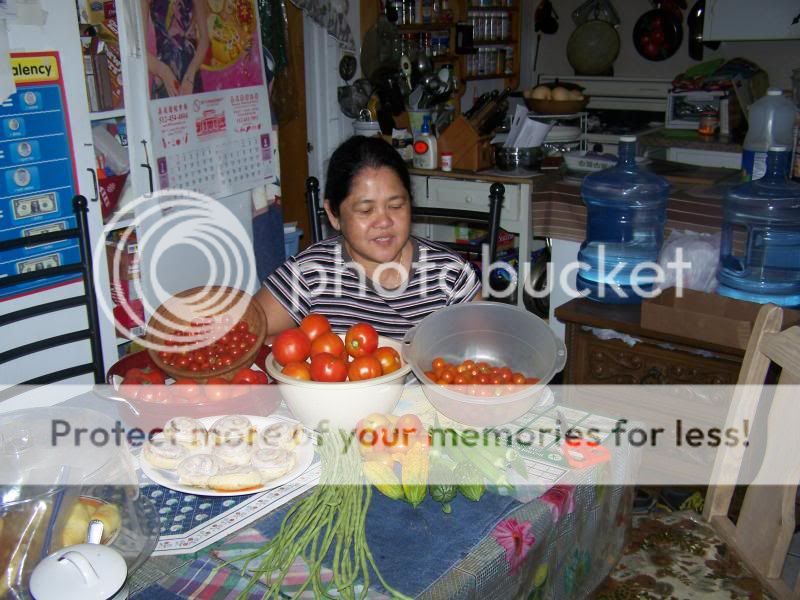I recently regained my garden; the solar project involved driving trucks and cranes through it, so for two years it's been fallow. It's about 25 by 35 feet.
I haven't yet put up the dual level electric fence (low wire for little guys, high wire for deer), which I have to get done.
I do mostly organic - I use miracle grow almost exclusively for transplanting, but for the rest, nope. We put roughly 8 tons of organic material on it a year for decades, that soil is like money in the bank. We just let it compost in place, which works well except for not killing weed seeds - but a thick layer of hay and other organic material between the plants makes weeds very easy to pull - they're growing in the decaying hay/horse poop, etc, not the dirt. A tiny tug and they are out to rot on top of the rest.
I also do the "plant a fish under the corn" type of thing - I will add blood and bone meal in about half a cubic foot of dirt I dig up before transplanting - so it's as though my plants are growing in pots of super rich dirt, made of the regular garden dirt which itself ain't shabby. It becomes a case of plant and stand back so you don't get hit by the instant growth.
This led to a problem this year - I had my tomato plants dug up nightly by, I'm guessing, racoons, to get to the bone meal/blood meal. This is a real problem.
My fusion partner had given me one of those passive IR driveway entry detectors, which was useless for me - cats like walking the driveway and making it false alarm.
So I put it on a post by my tomato plants, left a window open last night w/o a screen, and parked a flashlight and .22 rifle at the window. Guess what - no digging, I guess the pole itself acted as a scarecrow(!). It would see deer from a long way off, so I'm going to leave it there.
Re potatoes - I always get as many as I want just doing the usual thing - and I rarely if ever have bought "sets" - I just grab the potatoes that start to grow in the kitchen, cut the eyes out and plant those. The only reason at present to grow them at all is that the small, young, almost skinless ones are very tasty - potatos are real cheap at the store, so I don't devote much space to those, preferring higher value crops. A thing about potatoes - they like acid soil, nothing else much does. I use pine needles for mulching them for that reason, but then you have a space where most other plants won't grow. In fact, many years there is no need to plant them, as you fail to get all of them the previous harvest, and those grow back just fine.
For other acid loving things (blue berries, raspberries, strawberries) I just have a separate bed where I can make the Ph real low....and keep it that way.








